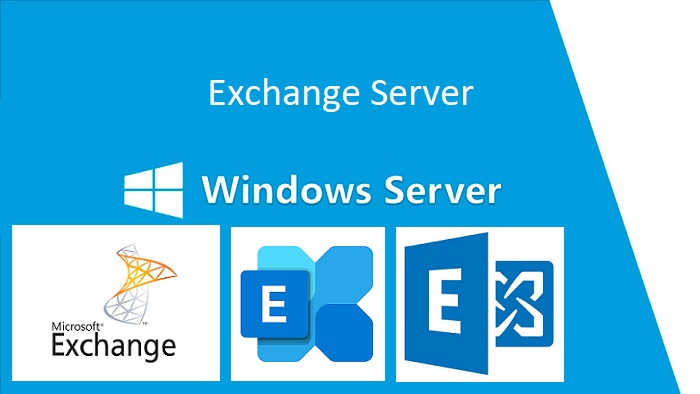BROKEN EXCHANGE SERVER? DON’T DELETE IT WITH ADSIEDIT — HERE’S WHY

When recovering an Exchange server,
admins typically want to take the fastest route. But when they do, they often
hit roadblocks on their journey. Many users and IT staff on the Microsoft
TechNet forums run into endless issues when they want to upgrade or remove a
server or simply do the normal tasks they need to do. They often get errors
that reference a server or servers that were removed by previous admins. Or
people just shut down a server and delete it from Active Directory with a “we
don’ need it anymore” kind of attitude. The other Exchange servers then
continuously log that they cannot communicate with server X and they are stuck
because of an orphaned server. The other challenge is that something goes wrong
with an Exchange server and admins find it easier to just remove the server
using ADSIEdit.
Easy fix? Not really

While it seems easy to say, “I solved
the issue as I removed the server from ADSIEdit or Active Directory,” you did
not remove the entire footprint of Exchange in ADSIEdit and from Active
Directory. You now have a broken database availability group (DAG), a broken hub
transport server, an Exchange server that had
mailboxes that you thought were not needed even though you need to keep the
data for compliance.
The damage keeps growing. When you as
the IT admin leave the organization, perhaps they hire someone who might be
less skilled than you or is still learning. They have this big hole to fill.
Think about your actions. Even though it seems easy to do, doing a quick fix
now may create problems later. Spend the time to complete the job properly. Ask
yourself the question, would you like somebody to do a sloppy repair job and hand
it over to you to fix and you waste endless hours trying to figure out what was
done?
Using ADSIEdit
OK, let’s take a look at ADSIEdit now
that you see where I am going. ADSIEdit is a very powerful tool you can
access from a domain controller. It gives you the ability to connect to each
partition and look at the data.
There are times when you log a call
with Microsoft and a senior support engineer will have to use it to do
something or you need to change an attribute on an object. This is OK but it
shouldn't be used at a tool to just delete stuff. The reason behind this is that
if you delete the wrong information, you can cripple your environment
completely and the Active Directory recycle bin is not going to rescue you on
this one.
I have used ADSIEdit a few times. OK,
so you say, “You use it but you tell us not to?” Here’s when to use it: Let’s
say you have completed migrations that you cannot see to remove from Exchange
when you run the command. Here you can go into the correct section and delete
them but I would advise having your Active Directory backups in place, always a
good plan. Why would you remove migrations? Because you cannot uninstall
Exchange from a server if they are still present.
Now let’s move over to recover a
server. Public folders are a problem in this area as many IT admins just blow
it away vs. doing a move from a legacy version to the newer versions and
letting it replicate.
Right, it is going to take you an
extra day to build a new virtual machine and get all its prerequisites done and
the server patched. Once that is done you can then move on to install Exchange
with the recovery switch and then all its rollups (if on legacy versions of
Exchange) and cumulative updates (if on newer versions of Exchange, 2013 and
higher). Then you have the ability to uninstall Exchange.
OK, that is a lot to take in. So, you
say, “You want me to spend time doing all that?” Yes! By doing it this way, you
can then go and cleanly remove Exchange from that server. After you remove
Exchange you can then reboot and after that take the machine off the domain.
Time well spent
Yes, you have “wasted” a day or two
days doing this but you have saved yourself further headaches down the road.
Recovering a server, if it can be recovered that is, is the cleanest way of
doing things.
Rather than just shutting down your
virtual machine or physical server, take the time to move your arbitration
mailboxes and clear out move requests and migrations. And once all that is done
and nothing is left to move or remove, then head over to the control panel and
uninstall Exchange from the start. You will then not have to worry about having
legacy issues in the environments or struggling with upgrades and when you
leave the company one day, you hand over a clean environment to the next
person.
Now you can go and remove the server
from your inventory list and remove its IP address from DNS and do a cleanup.
Please think before you just take the easy way out. ADSIEdit can be your best
friend but it can also be your worst enemy when things don’ work out as
planned.
If you are not sure how to do a
recovery or feel you don’ have the time, ask the company to bring in a
consultant to assist you and help you with the uninstalls.

Add New Comment